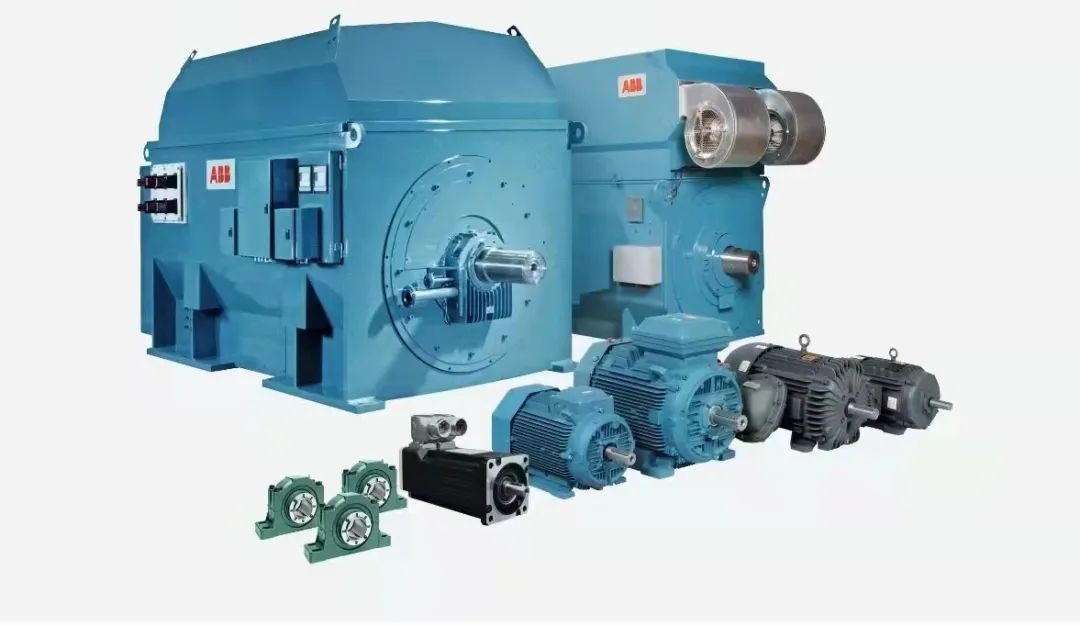
Answer:In recent years , the high-profile permanent magnet motor in the motor industry has become more and more popular. According to the analysis of the editor, the reason why the permanent magnet motor has attracted much attention is inseparable from the ...
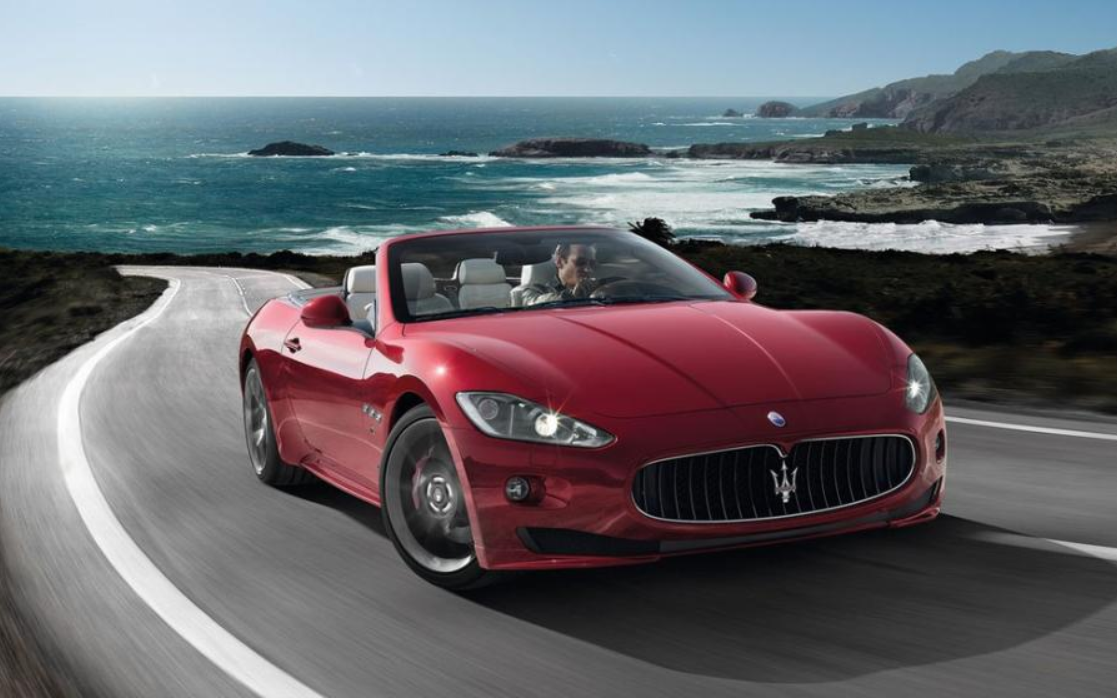
Answer:Introduction:The extended-range electric vehicle is a kind of electric vehicle that can achieve all its power performance in pure electric mode. When the on-board rechargeable energy storage system cannot meet the cruising range requirements, the on-...
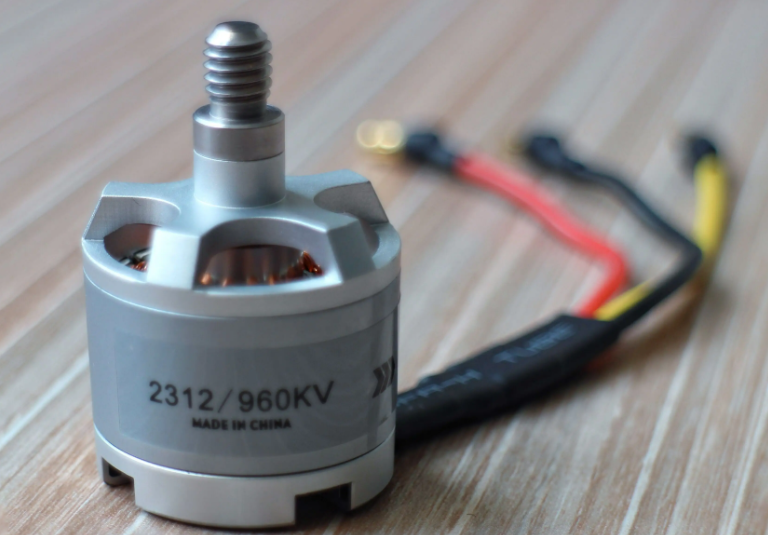
Answer:Due to technological advancements, integration is taking over the motor control market. Brushless DC motors (BLDC) and permanent magnet synchronous motors (PMSM) of various sizes and power densities are rapidly replacing motor topologies such as brus...
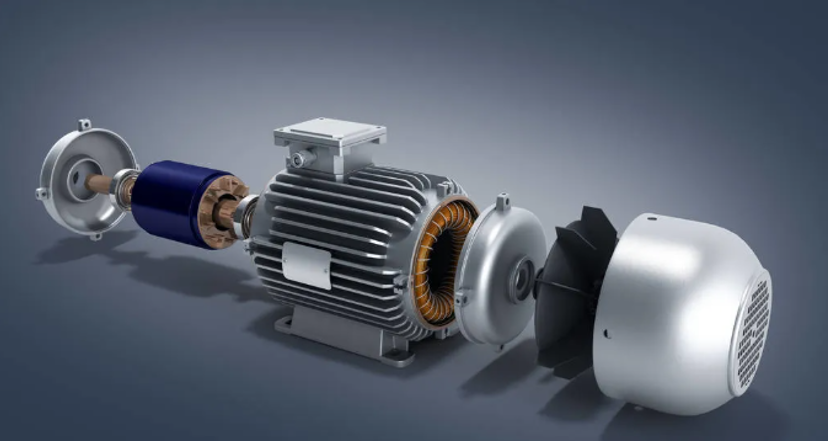
Answer:Ordinary motor: The motor is a device that converts electrical energy into mechanical energy. 70%-95% of the electrical energy absorbed by the motor is converted into mechanical energy. This is the efficiency value of the motor, which is an important...
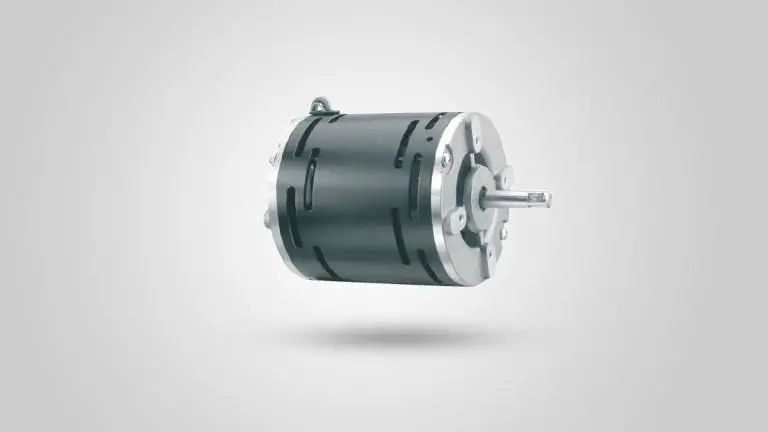
Answer:As with other equipment, high reliability, high efficiency, small size and light weight, low vibration, low noise, and low cost are required for motors for industrial and home appliances. In order to meet these requirements, while improving the desig...
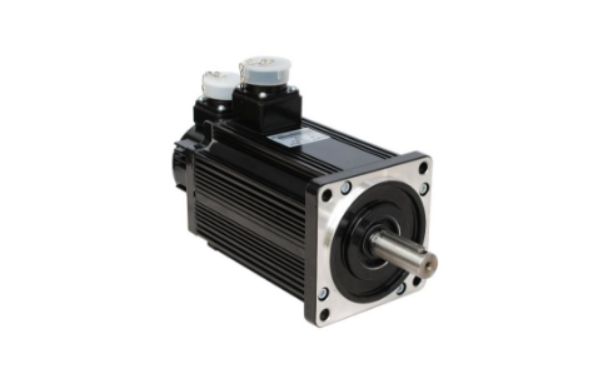
Answer:Introduction: Servo motor is a micro-motor used as an actuator in an automatic control device. Its function is to convert an electrical signal into the angular displacement or angular velocity of the rotating shaft. Servo motors, also known as execut...
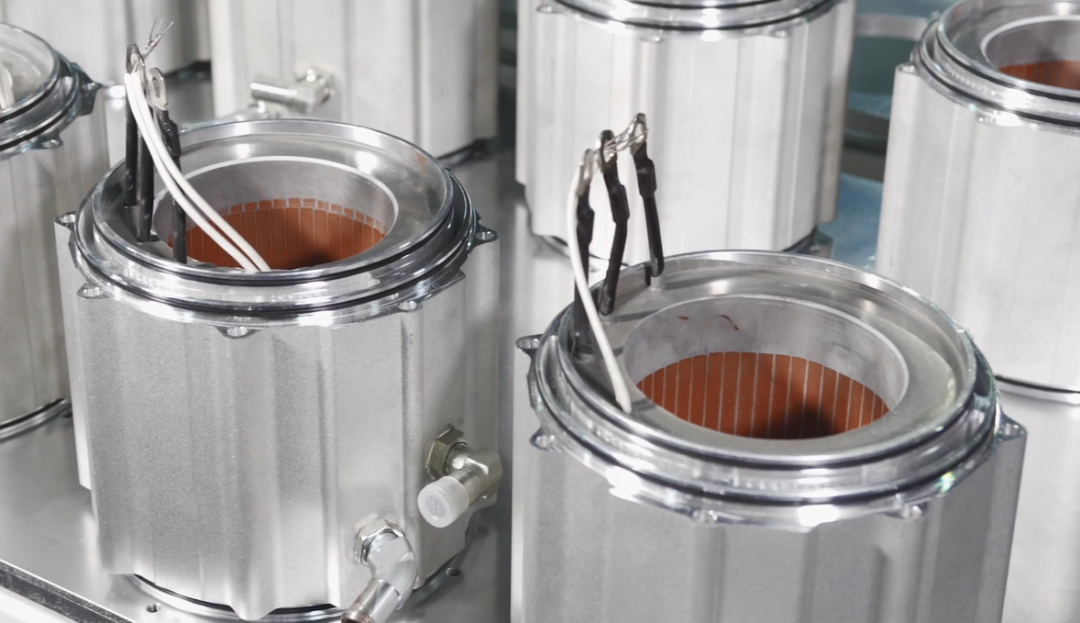
Answer:With the year-by-year development of the new energy vehicle industry, the production and sales of electric vehicles have exploded, and the demand for high-performance and high-efficiency motors is also increasing. kg, further promoting the pursuit of...
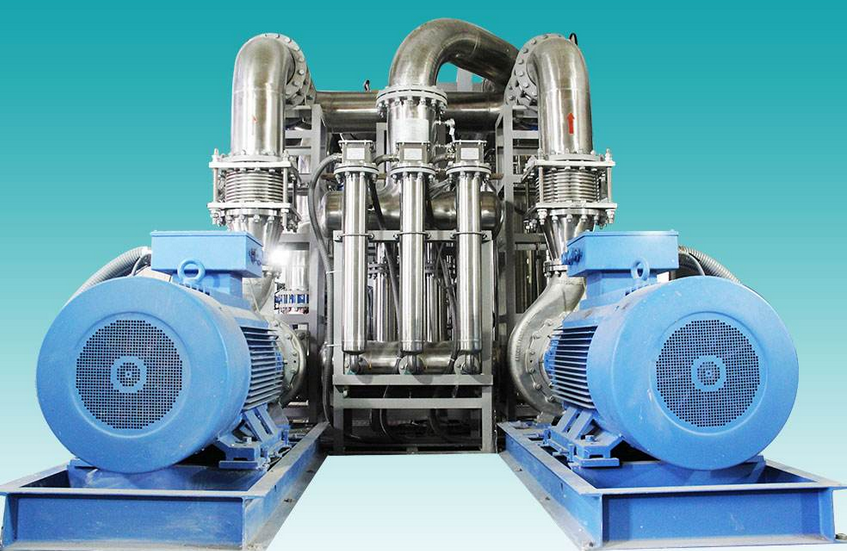
Answer:During the use of the motor, due to the existence of loss, the temperature continues to rise. If it is not well cooled, the service life of the motor will be affected. The power of high-voltage motors is generally large, and the value of power loss i...
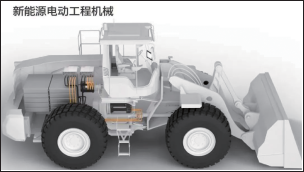
Answer:Introduction: Construction machinery that uses "petroleum" as energy, especially "oil tigers" such as heavy trucks, mining trucks, and loaders, is bound to usher in a lasting change in the global carbon emission requirements and new en
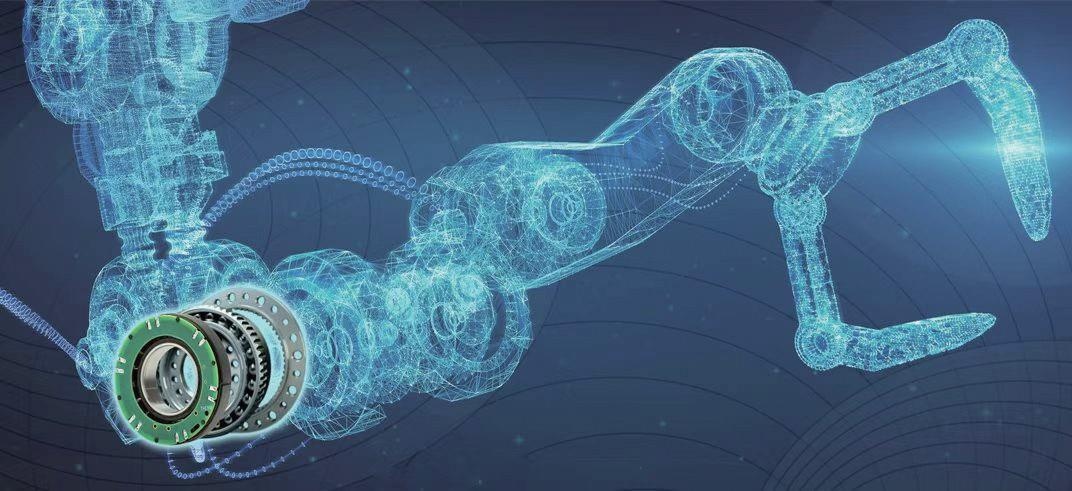
Answer:Introduction: When designing and constructing robots, designers hope to design machines with optimal performance, but due to the limitations of the performance of the motion control system, whether in theory or in practice, the final Inevitably, some...